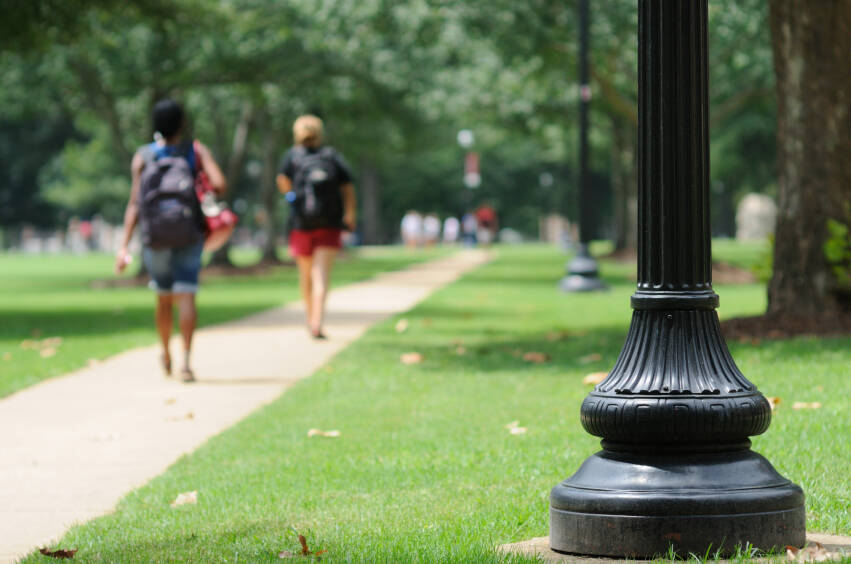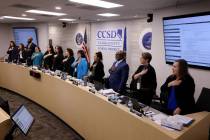EDITORIAL: Where have all the nation’s college students gone?
Has the nation reached a tipping point when it comes to the soaring cost of a college education? Declining enrollment numbers should be a warning to institutions of higher learning.
The latest figures from the National Student Clearinghouse Research Center reveal that fewer high school graduates are heading to college. National campus enrollment figures for 2022 reveal a nearly 5 percent drop from a year earlier. In Nevada, the state’s seven institutions of higher learning last year had 15 percent fewer students than they did in 2019, the Reno Gazette-Journal reported in July.
The numbers highlight obvious failures.
Politicians must recognize the damage that virtually unlimited financial aid has inflicted upon the system, leading to mountains of student debt and encouraging higher education officials to ramp up tuition costs while offering degrees in areas of minimal value. Meanwhile, too many school districts are turning out high school graduates who lack the skills to succeed at the next level, yet fail to offer programs that would allow kids to explore vocational educational opportunities.
According to The Associated Press, the number of high school students moving on to college fluctuated between 66 percent and 70 percent through the early part of this century. It has now fallen to 62 percent. This has occurred even though many campuses now turn away virtually no applicants by instituting what essentially amounts to automatic enrollment. Despite these measures, more than 80 colleges across the country have closed their doors since 2016, according to highereddive.com.
A four-year college degree is no guarantee of success, although the Social Security Administration estimates that a male college graduate can expect to earn $900,000 more over a lifetime than someone with only a high school diploma. Yet there are plenty of trades that don’t require college and pay well enough to provide six-figure salaries and a comfortable retirement. Education Secretary Miguel Cardona last year urged school leaders to “do a better job of incorporating workforce skills into their curriculums to better prepare students for life after graduation.” He is correct, of course — although that this needs to be said is a black mark on the nation’s public school system.
At the same time, colleges must re-evaluate their tendency to increase costs far in excess of inflation if they hope to attract applicants who may have other options in a strong job market. Perhaps a clearer focus on academics and scholarship rather than on turning out social justice warriors might help.
The nation’s top institutions of higher learning will weather the storm. But if the trend continues, the college landscape will look much different for future generations, with ramifications that bode ill for the U.S. economy.




























